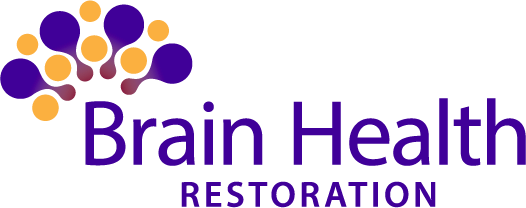Thinking Outside the Box About Autism
Pennsylvania community organizer,Jessica Benham made history when she became the first autistic person to be elected to the Pennsylvania General Assembly. More and more, employers recognize strengths that autistic individuals bring to the workforce such as attention to detail and pattern recognition. In short, Autism is not a disease in need of a cure, but rather a gift that enriches our communities.[1]
Autistic individuals have unique and valuable talents they bring to the workforce such as out-of-the-box thinking, a laser keen ability to recognize patterns (great for coding and repetitive tasks most neurotypical individuals find daunting) and a tendency towards loyalty.[2]
However, there are road blocks for autistic individuals who attempt to enter the workforce. For example, negative side effects such as susceptibility to seizure disorders, severe anxiety, depression and OCD[3] may inhibit one with ASD (Autism Spectrum Disorder) from being productive in the workplace. Additionally, difficulty maintaining eye contact or picking up on social cues make a successful job interview challenging to achieve.
What Is Autism?
In order to help those with ASD, we first need to understand how it affects the brain. In short, autistic individuals have trouble accomplishing tasks that require connectivity with different parts of the brain. Functions that require connectivity between two or more parts of the brain, such as social interactions or complex motor tasks, are challenging for those with ASD. At the same time, those with ASD excel at “single-brain tasks” that require a hyper attention to detail.[4]
How Does MeRT℠ (MagneticEEG and EKG Resonance Therapy) help those with autism?
At BHR, we celebrate neurological diversity and aim to help those with autism lead productive lives. Instead of looking to cure autism, we seek to help those who have it gain greater quality of life. Our MeRT℠ (MagneticEEG and EKG Resonance Therapy), completely safe “off-label” use of the FDA-approved protocol can help those with autism by improving connectivity of the different areas of the brain. To learn more about how MeRT℠ treatment can help those with autism , click here.
[1] Reynolds, K. L. 2020. Autism Is an Identity, Not a Disease: Inside the Neurodiversity Movement Elemental https://elemental.medium.com/autism-is-an-identity-not-a-disease-inside-the-neurodiversity-movement-998ecc0584cd
[2] Zeldovich, Lina 2020 Now Hiring: What Autistic People Need to Succeed in the Workplace Spectrum 4 March
[3] Zeldovich, Lina 2020 Now Hiring: What Autistic People Need to Succeed in the Workplace Spectrum 4 March
[4] Rossi, Cari 2021 The Autistic Brain: What’s going on in the heads of one of 54 million Americans diagnosed with Autism Spectrum Disorder? PSYCOM, https://www.psycom.net/autism-brain-differences.

